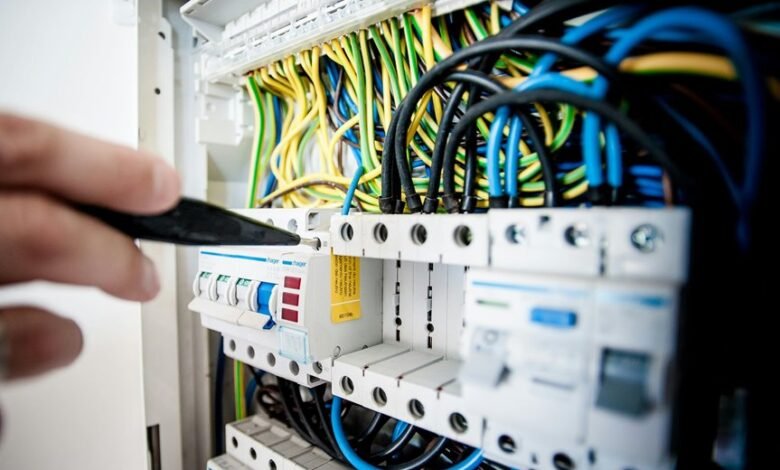Network Latency Evaluation Service Quality Insights 2394164993 8185847502 7572189175 3761850729 5208129519 9096660674

Did you know that a mere 100 milliseconds of latency can decrease user satisfaction by 20%? Understanding network latency is crucial for maintaining service quality and optimizing user experience. You’ll want to explore key metrics that reveal the underlying issues impacting your network’s performance. As we analyze these factors, you’ll uncover strategies that can significantly enhance responsiveness and engagement. What insights might your data uncover about your current latency challenges?
Understanding Network Latency
When it comes to network performance, understanding latency is crucial for optimizing user experience.
Network delay directly impacts how quickly data travels between devices. You’ll need accurate latency measurement tools to assess performance effectively.
By analyzing these metrics, you can identify bottlenecks and improve responsiveness, ensuring your network operates efficiently.
This knowledge empowers you to enhance service quality and maintain user satisfaction.
Key Metrics and Their Significance
Key metrics play a pivotal role in evaluating network latency, as they provide quantifiable data essential for performance analysis.
Understanding latency measurement allows you to establish precise performance benchmarks, which can highlight inefficiencies and optimize your network.
Impact of Latency on User Experience
Understanding the key metrics of network latency directly correlates to user experience. High latency often leads to user frustration, as delays disrupt interactions and diminish satisfaction.
Your latency tolerance varies; while some users might adapt to slight delays, others may abandon services altogether if expectations aren’t met.
Ultimately, optimizing latency is crucial to maintaining engagement and ensuring a seamless experience for all users.
Strategies for Optimizing Network Performance
To enhance network performance, implementing a multi-faceted approach is essential.
Focus on bandwidth management to allocate resources effectively, ensuring critical applications receive priority.
Additionally, employ traffic shaping to control data flow, minimizing congestion during peak times.
Conclusion
In the quest for seamless digital experiences, it’s ironic that the very latency issues you’re striving to eliminate can often go unnoticed until they frustrate users. By prioritizing key metrics and implementing targeted strategies, you can transform these hidden inefficiencies into opportunities for improvement. As you manage network performance, remember that the real challenge lies not in the technology itself, but in your ability to recognize and address the subtleties that impact user satisfaction and engagement.




